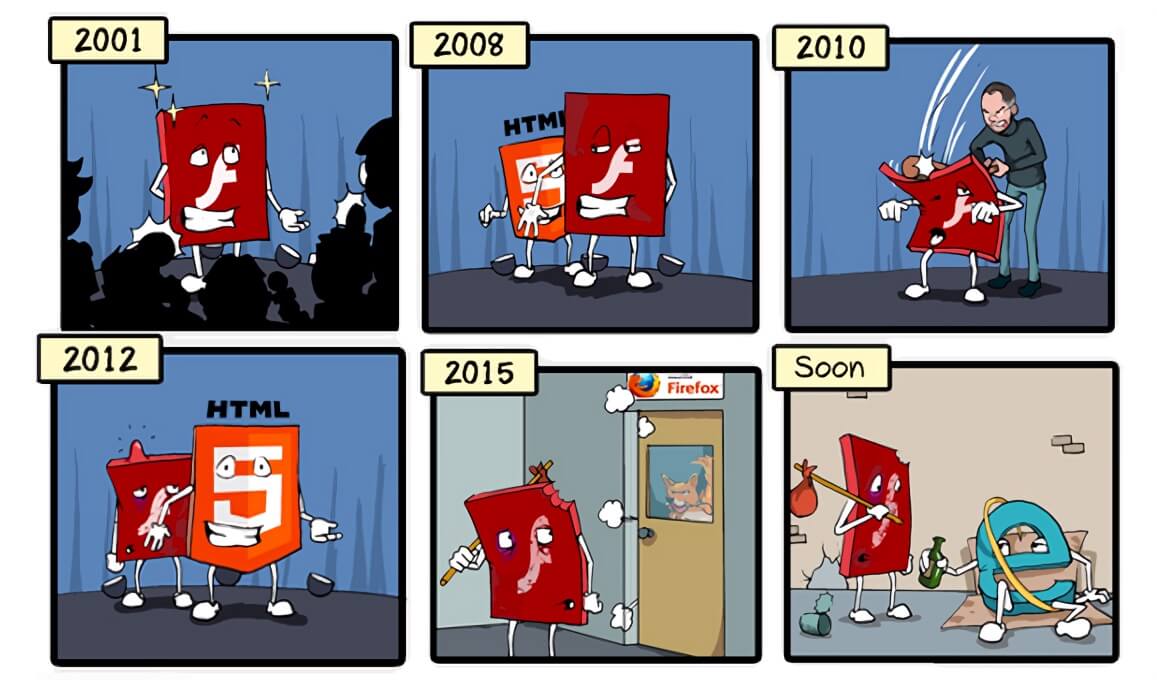Bottom line: Flash usage has slowly decreased over the last few years, as Adobe is preparing to sunset the technology by the end of 2020. Google will now stop indexing Flash content, which isn't going to have a significant impact, as most websites have already migrated to newer web technologies.
Google is putting one of the final nails in Adobe Flash's coffin. The company announced it will stop indexing pages that use Flash, as well as standalone ".swf" animation files. That means about three percent of all websites (or eight percent of the top 1000) will become less discoverable by the end of the year, while almost everyone else has already migrated to more modern web technologies.
Flash has been on its way out since 2010, when Steve Jobs famously decided to avoid including the technology in Apple's iPhone, iPad, and Mac products. While he was highly critical of the performance and security shortcomings of Flash, developers saw it as a necessary stepping stone towards richer websites and web apps. Many of us have fond memories of the first mini-games you could play in a web browser.
Adobe also signed Flash's demise in 2017, when it promised to stop updating and distributing it by the end of 2020.
Google's latest version of Chrome blocks Flash content by default, and while users and IT administrators can still enable it manually, that option will be removed in one of next year's releases. Microsoft's Chromium-based Edge will also be affected by these changes.
